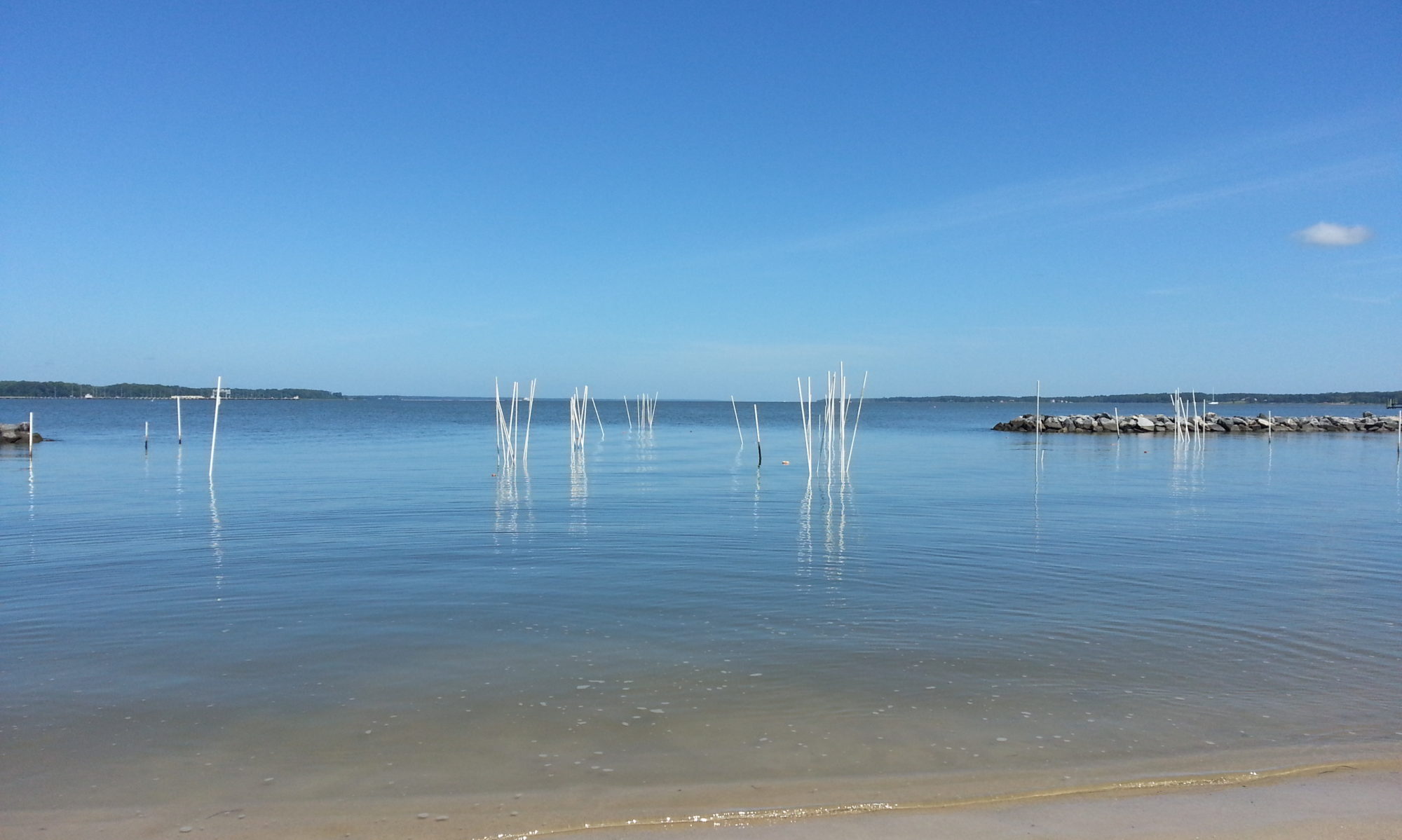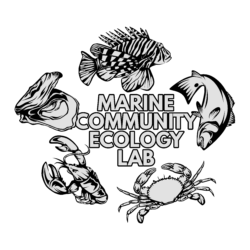Current Research
Decision support tools for adaptive management of invasive lionfish
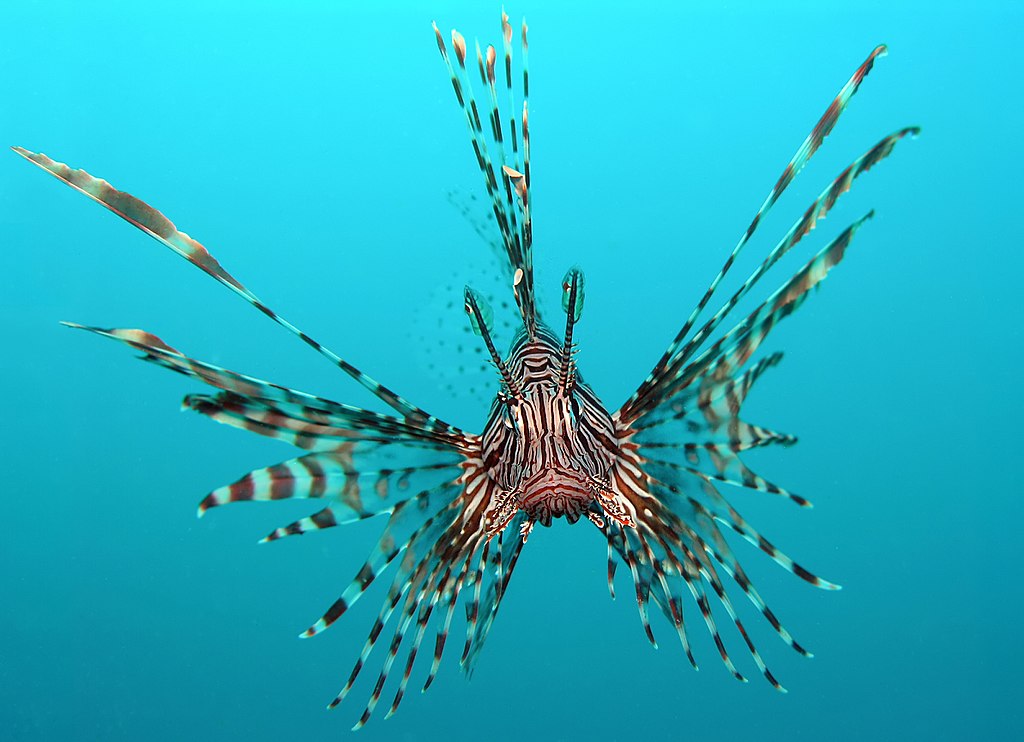
Indo-pacific lionfish Pterois volitans are among the most successful invasive species in human history. An adaptive management plan that considers local and regional action, as well as the impacts of management actions on socio-economic concerns, is necessary to address this complex issue and to ensure the latest science is incorporated into management. Along with collaborative partners from regional wildlife managers, NOAA, and the tourism industry, we are developing a decision support tool that incorporates information from field and laboratory experiments, bioenergetics models, and data sources that can be accessed and used by fisheries managers (survey, buoy, and satellite data).
Benthic production in the Northern Gulf of Mexico
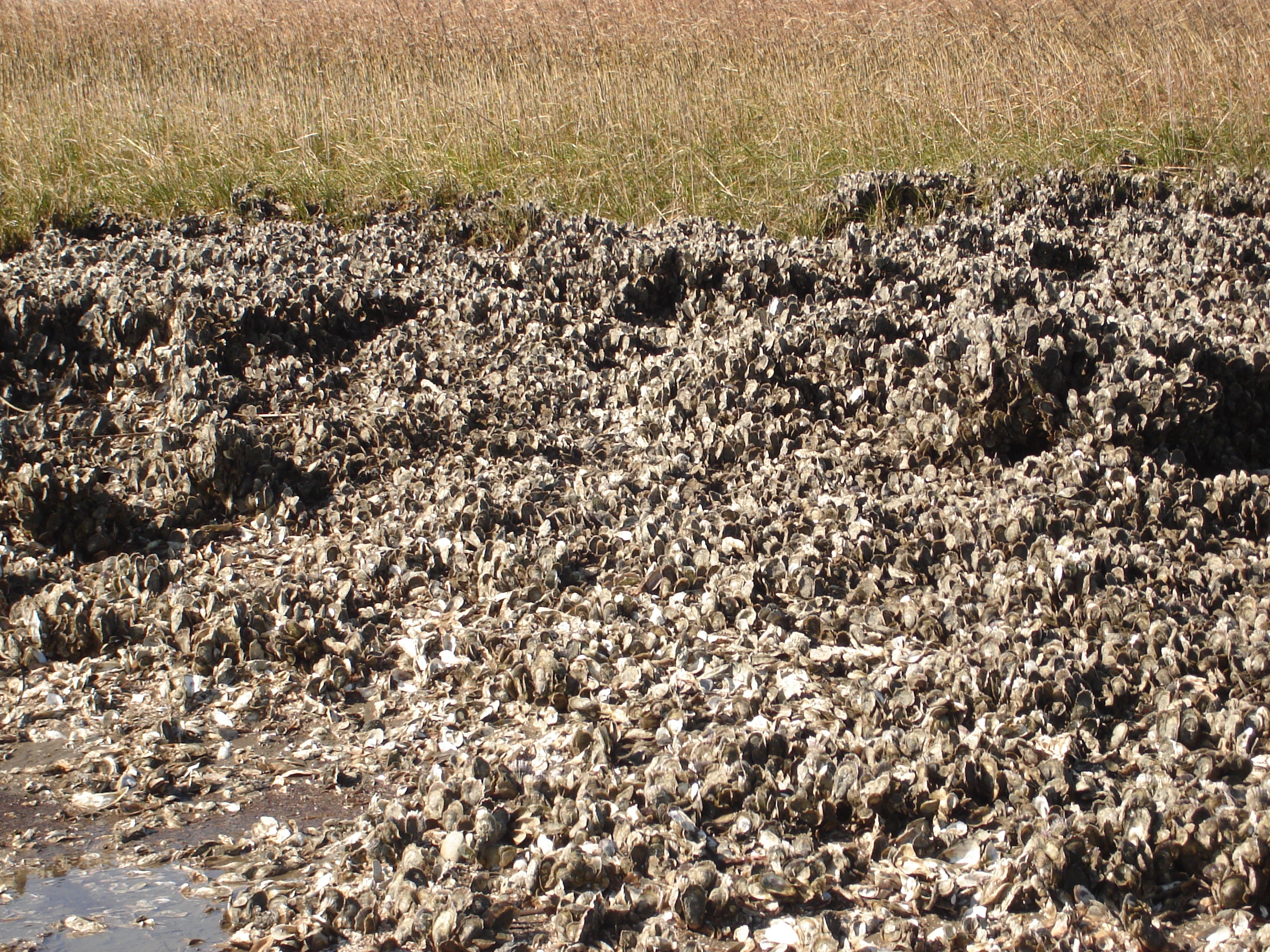
Ecosystem-based management of marine and coastal resources in the Gulf of Mexico requires an understanding of the flow of energy through the food web, yet benthic production is rarely incorporated into ecosystem models. This project will develop a benthic production model for the northern Gulf of Mexico under various scenarios of hypoxia duration and severity. Field and laboratory experiments on key benthic species support the modeling effort.
Acidification in Australian mangrove forests
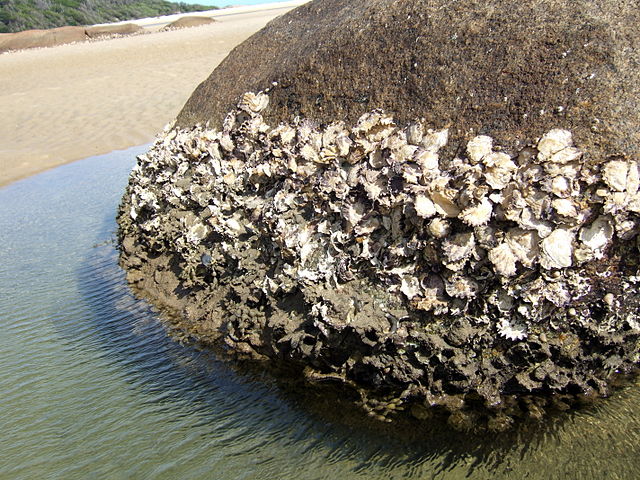
Previous work by the Glaspie lab found that long-term exposure to acidification in New South Wales, Australia altered trophic dynamics between crabs and oysters, which may have consequences for coastal food webs. In spring 2020, we are going back to the outback to take a second look on the impact of acidification on oyster quality and predator preference.
Impact of fluid mud on benthic invertebrates in dredge areas on the Louisiana shelf

A major component of the State of Louisiana’s effort to manage coastal land loss is to restore degraded barrier shorelines and beaches by introducing new sand to the coastal system from borrow areas. The overall goal of this study is to provide a comprehensive understanding of the contribution from non-linear sedimentation events (for this study, wave-supported fluid-mud) to pit infilling as well as its impacts on benthic ecology. In collaboration with George Xue, Kehui Xu, and Kanchan Maiti, we will collect field coring data to capture the wave-supported fluid-mud events and the benthic ecosystem’s response in spring, summer, fall, and winter when cold fronts prevail. These field data collections are designed to capture the evidence of non-linear sedimentation in the infilling sedimentations and their impact on benthic ecosystems.
User-driven tools to predict and assess effects of reduced nutrients and hypoxia on living resources in the Gulf of Mexico
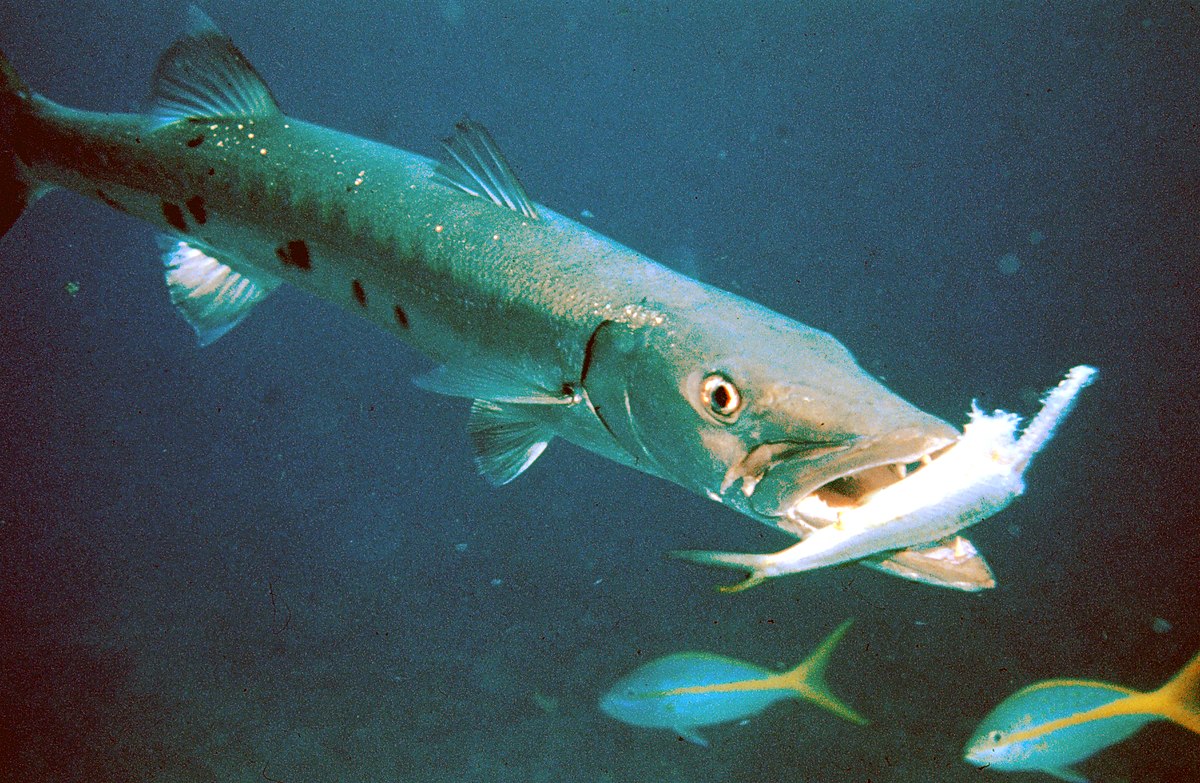
The northern Gulf of Mexico (NGOMEX) experiences an annually recurrent region of summer hypoxia. Links between seasonal hypoxia in the NGOMEX and fish production are unclear, but managers and stakeholders alike need readily available and quantitative tools to predict the effects of planned nutrient reduction strategies aimed to minimize the hypoxic zone. This research examines the impact of hypoxia on trophic interactions between pelagic fish in the NGOMEX.
Past Research
Incorporating habitat quality and climate into albacore tuna production estimates

There is some evidence that patterns of climate variability have impacts on habitat availability for albacore tuna. However, the impact of changing climate and current structure on habitat for albacore tuna is not fully understood because habitat quality for albacore tuna has yet to be quantitatively and mechanistically defined. We used a spatially explicit, bioenergetics-based modeling approach to quantify the quality of pelagic habitat for albacore tuna in the northern portion of the California Current, a highly variable region characterized by large scale climatic oscillations.
Marine benthic predator-prey interactions and global change

An understanding of the mechanisms by which habitat loss and storms impact predator-prey interactions may elucidate the fate of individual species in the face of global change. Field survey data, field caging experiments, laboratory mesocosm experiments, time-series analysis, and mathematical models were used to assess the role of habitat, major storm events, and predators on bivalve distribution in the lower Chesapeake Bay.
Ocean acidification and predator-prey interactions
Ocean acidification reduces the integrity of marine mollusk shells and interferes with predator-prey interactions. The effect of ocean acidification on predator-prey interactions was examined through two separate experiments: 1) using mud crabs and oysters acidified in situ in acid sulfate soil estuaries in New South Wales, Australia, and 2) using blue crabs and softshell clams acidified in the lab with CO2.
